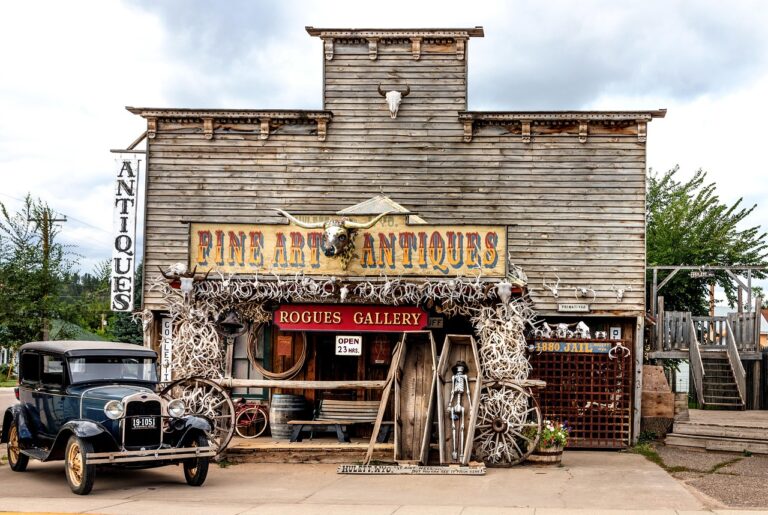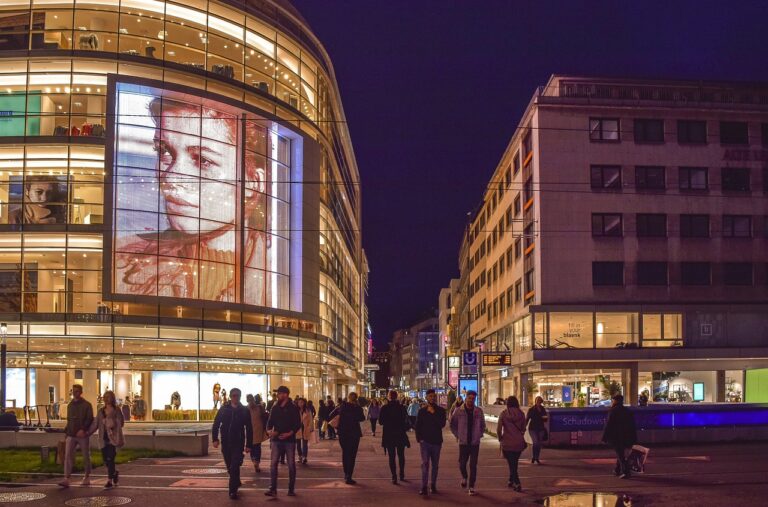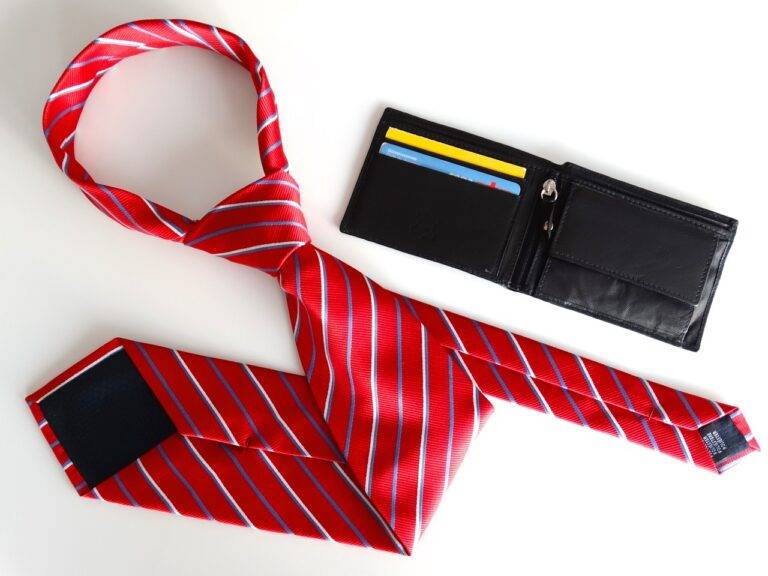Analyzing the Influence of Fashion Museums on Cultural Heritage Preservation
allpanel mahadev, lotus 365.fun login, all panel login:Fashion museums play a crucial role in preserving cultural heritage by showcasing the evolution of fashion over the years. These museums not only serve as a platform to exhibit iconic garments and accessories but also educate the public on the significance of fashion in history. In this article, we will delve into the influence of fashion museums on cultural heritage preservation.
The Role of Fashion Museums in Cultural Heritage Preservation
Fashion museums act as repositories of cultural heritage, housing a vast collection of garments, accessories, textiles, and other fashion-related artifacts. These museums aim to preserve and promote the rich history and diversity of fashion, highlighting its evolution and impact on society. By showcasing iconic pieces from different eras, fashion museums help us understand how trends have evolved over time and how they reflect the social, political, and cultural landscape of their respective periods.
Furthermore, fashion museums serve as educational institutions, offering insights into the craftsmanship, techniques, and creativity behind the creation of fashion items. Visitors can learn about the materials used, the production processes involved, and the cultural significance of certain garments or accessories. By providing a platform for research and study, fashion museums contribute to the development of fashion scholarship and help preserve traditional craftsmanship and artisanal skills.
The Influence of Fashion Museums on Cultural Heritage Preservation
Fashion museums play a significant role in preserving cultural heritage by safeguarding important artifacts and documenting the history of fashion. By curating exhibitions and organizing events, these museums help raise awareness about the importance of preserving and celebrating fashion heritage. Through their collections and programs, fashion museums contribute to the conservation and promotion of traditional techniques, designs, and styles, ensuring that they are passed down to future generations.
Moreover, fashion museums inspire creativity and innovation by showcasing the work of iconic designers and highlighting the evolution of fashion trends. By studying past collections and exploring different design approaches, designers and fashion students can draw inspiration and gain a deeper understanding of the fashion industry’s heritage. Fashion museums also collaborate with contemporary designers, artists, and researchers to create new interpretations of historical garments and explore the intersection of tradition and innovation in fashion.
Fashion museums also contribute to cultural diversity and inclusivity by showcasing garments and accessories from different regions, traditions, and communities. By highlighting the unique styles and influences of diverse cultures, these museums promote cross-cultural understanding and appreciation. Through their exhibitions and programs, fashion museums strive to challenge stereotypes, celebrate diversity, and foster dialogue and exchange among different communities.
FAQs
1. How do fashion museums contribute to cultural heritage preservation?
Fashion museums contribute to cultural heritage preservation by showcasing iconic garments, accessories, and textiles from different eras, documenting the history of fashion, and promoting traditional craftsmanship and artisanal skills.
2. What is the significance of fashion museums in the fashion industry?
Fashion museums play a crucial role in inspiring creativity, fostering innovation, and promoting cultural diversity in the fashion industry. They serve as platforms for research, education, and collaboration, shaping the future of fashion.
3. How can individuals support fashion museums and cultural heritage preservation?
Individuals can support fashion museums and cultural heritage preservation by visiting exhibitions, attending events, donating to museums, volunteering, and spreading awareness about the importance of preserving fashion heritage.
In conclusion, fashion museums play a vital role in preserving cultural heritage by showcasing the history, craftsmanship, and diversity of fashion. Through their exhibitions, programs, and collaborations, these museums contribute to the conservation and promotion of fashion heritage, inspiring creativity, fostering innovation, and promoting cultural diversity in the fashion industry. By supporting fashion museums and engaging with their collections, we can continue to celebrate and preserve the rich legacy of fashion for future generations.







